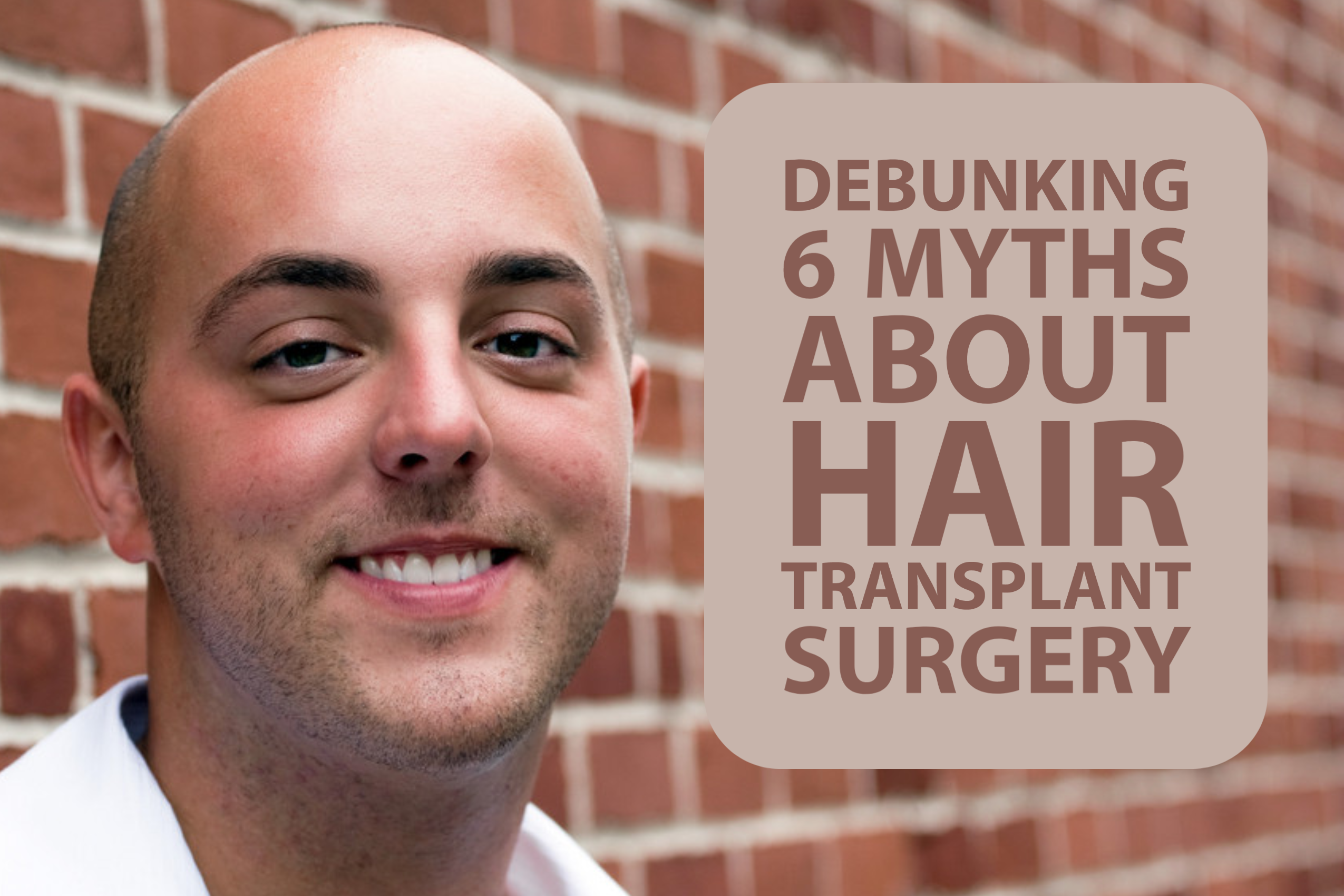Debunking 6 Myths About Hair Transplant Surgery

Hair loss is a common source of anxiety and worry for many across the globe. In the United States, two-thirds of the men have an appreciable degree of hair loss by thirty-five. At age fifty, approximately 85% of the adult male population has significantly thinning hair. Hair transplant surgery has long been touted as an ideal solution to tackle the receding hairline.
Sadly, misinformation regarding this treatment option makes patients that need it shy away. Here are six myths about hair transplant surgery that you need to drop.
1. Another Person’s Hair Is Used for the Surgery
With other surgical transplant procedures requiring organs donated by other individuals, people wrongfully assume that the same applies to hair transplants. All grafts for the hair transplant surgery come from the patient’s body. The hair clinic can help map out regions that can donate grafts of hair to the balding areas.
2. Hair Transplant Surgery Results Look Artificial and Easy to Point Out
A follicular unit extraction conducted by a hair loss specialist will look no different than your natural hair. The surgeons can complete the corrective procedure using highly advanced and precise surgical tools without any noticeable linear scars or uneven growth.
3. The Procedure Is Painful
Some patients fear that the hair transplant surgery will be painful and disrupt their everyday lifestyle. The Los Angeles hair loss specialist may use local anesthesia to numb any pain. Advanced technologies such as FUE focus more on minimizing the discomfort experienced by the patient. You can overcome your pain phobia and undertake a minimally invasive yet effective corrective procedure.
4. You Can Expect Instantaneous Results
Sadly, most patients enter the operating room expecting to come out with a whole ball of hair on their thinning parts. You may need to tame your expectations as the procedure may require up to six months for the grafts to take root fully. Within six to eight months after your hair transplant surgery, you may begin to see an appreciable degree of hair growing on the previously balding regions.
5. The Procedure Is Only for Young, Male Adults
With male pattern baldness more common than in females, some people wrongfully believe that a hair transplant surgery is only effective for male patients. Rapidly evolving technology such as unshaved grafting allows women to undergo restorative procedures without trimming their hair.
Moreover, some people wrongfully believe that the hair transplant procedure is only effective for younger patients. Most hair restoration specialists recommend the treatment for slightly older men when the majority of the hair loss has occurred. Given the difficulty in the physician’s ability to predict the future boundaries of the hair loss, getting the hair transplant surgery too early may result in the loss of hair through and around the newly grafted hair. To determine if you are an ideal candidate for FUE transplants, you may need to visit hair specialists in Los Angeles.
6. If I Get a Hair Transplant, I’ll Lose My Current Hair Altogether
Many people’s fears are based on this myth. The anxiety of losing hair can prevent you from getting treatment to stop your balding process. However, in reality, if you decide to get a transplant, all your existing hair will remain intact. Your surgeon will take follicles from a donor area that is not experiencing thinning or hair loss and transplant them into one or many parts of your scalp, depending on the size and extent of the area being treated
Follicles transplanted into areas with thick hair growth won’t be affected by DHT. As well, they will grow just like the rest of your head. In addition, there are other procedures available for patients who still want to treat their receding hairline or thinning crown but want to avoid the typical scarring that comes with a strip hair transplant.
Hair transplant surgery is an excellent solution to your thinning hairline. Do not let these five myths hold you back from seeking the treatment that you need. For more information about FUE and hair transplant procedures, reach out to LA FUE Hair Clinic.
Leave a Reply